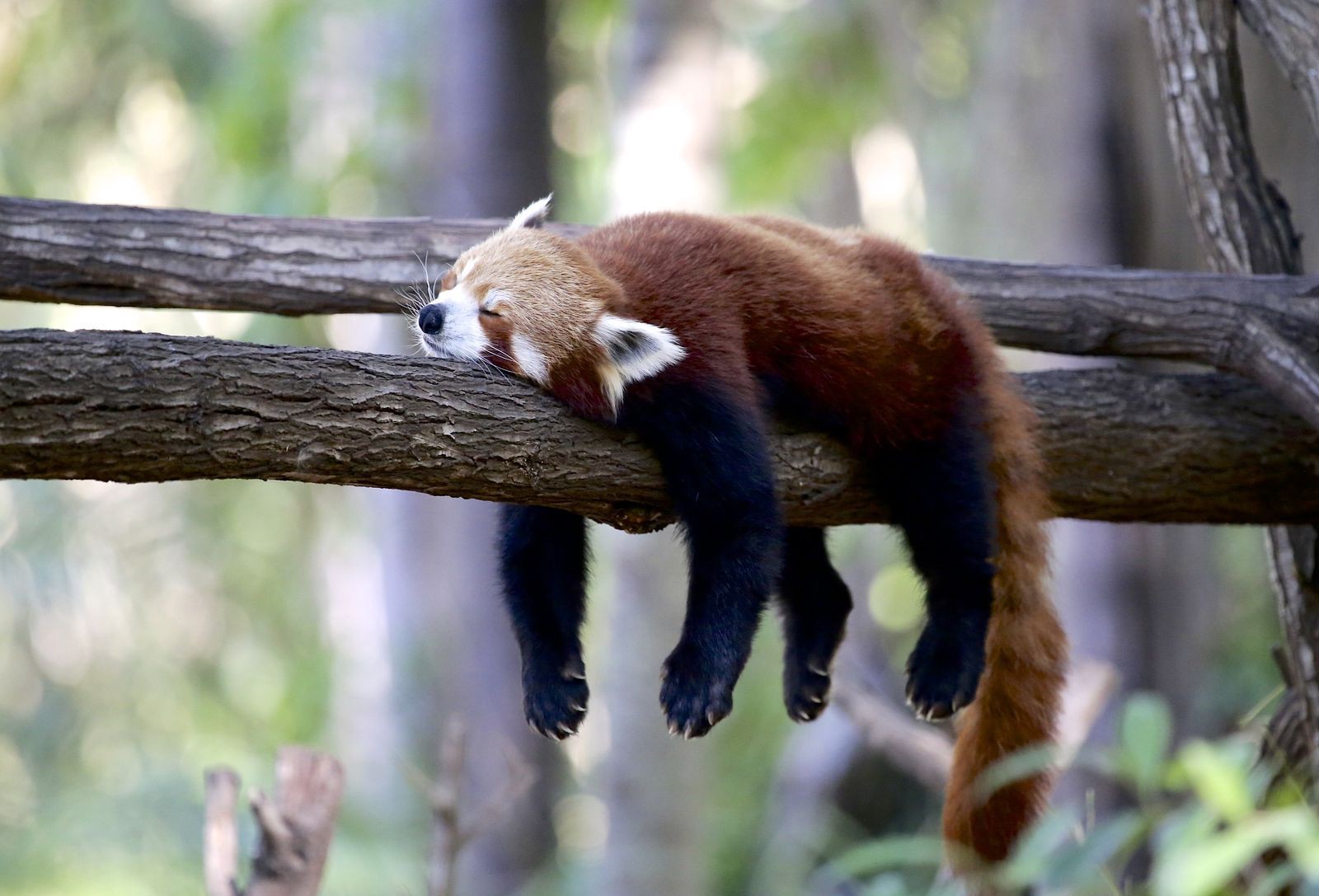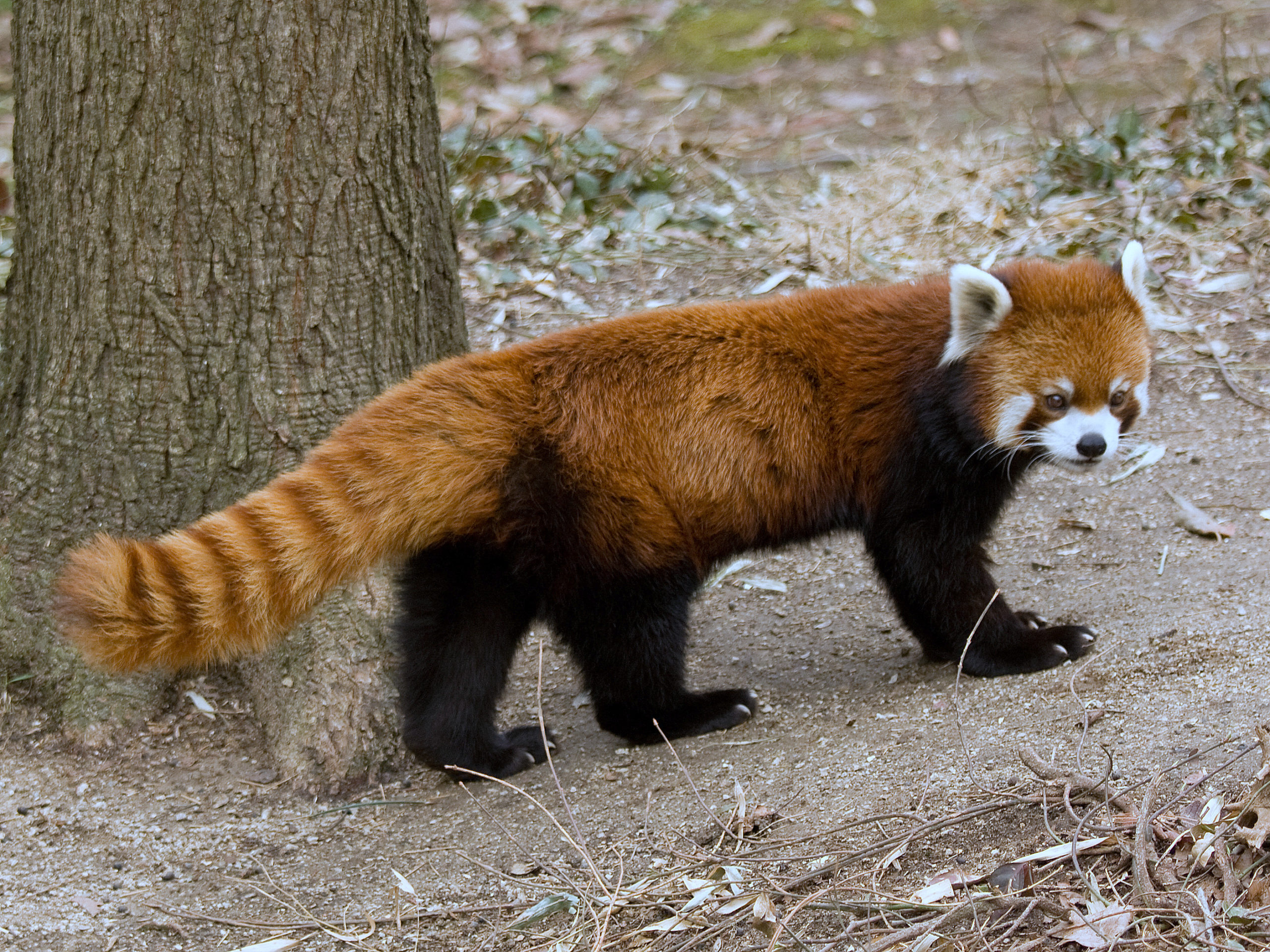Red Panda : The Endangered Shy Nature Creature
Red Panda
Red Panda is a beautiful creature. It is very shy. This animal, which sleeps on tree branches, prefers secluded forests. The main food of red panda is sprouts and young leaves of Nigalo. There are two subspecies of this animal known as Alurus falgens in scientific name . Among them, the subspecies Alurus falgens falgens found in Nepal. Haber is known locally as Pude Kudo, Waha, Hope, Hoprocpa, Hopdogaon, Habre, Nigale Ponyo, etc.
Jajarkot, with its favorable climate, is the main habitat of endangered red pandas. The world’s rarest red panda is found in some high hill forests of Nayakwada, Rokayagaun, Sakla and Ramidanda of Barekot village of Jajarkot. Badri Baral, a researcher at the Nature Conservation Campaign Nepal, said that the animal was found in the hilly forests of Pank and Archani of Kushe village.As it is also found in the forests of Sarmi and Narkuka of Mudkechula village of Dolpa district, Baral estimates that the red panda may also find its habitat in the high hill forests of Nalgad municipality of Jajarkot and Bhagwati.

Red Panda
Red pandas are found in only five countries in the world including Nepal, India, China, Bhutan and Myanmar. It is estimated that there are between 16,000 and 20,000 red pandas in the 70,000-square-kilometer natural habitat of these five countries. A genetic study conducted by the Red Panda Network shows that there are only about 500 red pandas in Nepal. According to genetic studies conducted in various forests of Barekot and Kushe villages of the district, there are 55 red pandas in Jajarkot.Studies have shown that red pandas are currently found in 24 districts of Nepal.
Habre is listed as endangered by the World Wildlife Fund. The Convention on International Trade in Endangered Species of Wild Fauna and Flora has placed this animal on Schedule 1 and prohibited its illegal movement.
Langtang :Everything You Need To Know

Red Panda
It is considered an indicator of a balanced ecosystem. Habre is also a very important animal from the point of view of scientific study. The mammal Habre is very shy and adorable.
It tends to be very active in the morning and evening. From Jajarkot and Habre in Namlung Valley of Mugu District of Western Nepal to Taplejung Panchthar, Ilam, Sankhuwasabha of Eastern Nepal and nine protected areas of Nepal Rara National Park, Langtang National Park, Sagarmatha National Park, Makalu-Varun National Park, Annapurna Conservation Area, Gaurishankar Conservation Area, Manaslu Conservation Area. Also found in the area, Kanjanjungha Conservation Area and Dhorpatan Game Reserve and National and Community Forests in the Himalayas.

Red Panda – Ailurus fulgens
This Creatureis found in temperate climates and is abundant in broad-leaved deciduous and angular forests. Habre prefers to live in highland forests with an average annual rainfall of 350 mm, with an average temperature of 10 to 25 degrees Celsius at an altitude of about 2200 meters to 4800 meters.
Due to various human and natural disasters, the habitat of this animal is being destroyed. Similarly, its existence is in crisis due to fragmentation, unorganized grazing, collection of herbs, trapping and trapping activities, attack of domestic dogs, burning of habitats and development works. As a direct result, the number of Habre is declining, experts say.

Red Panda
Predators of the endangered red panda are a daily occurrence. On the one hand, deforestation including Bhojpatra and Nigalo has also increased and poaching of red pandas has also increased. Red panda meat is eaten. Karan Shah, a senior wildlife expert and professor, said that its skin and bones are being sold in the international market at exorbitant prices.
Gorakh Bahadur Singh, principal of Birendra Aishwarya Secondary School, Limsa, said that various initiatives taken by government and non-government sectors for the conservation of red panda in Jajarkot have not been effective. Experts say that if the Red Panda’s habitat is protected and the Red Panda is protected, foreign tourists will also come here for its study and research and it will also help in tourism development.
Comment Here!